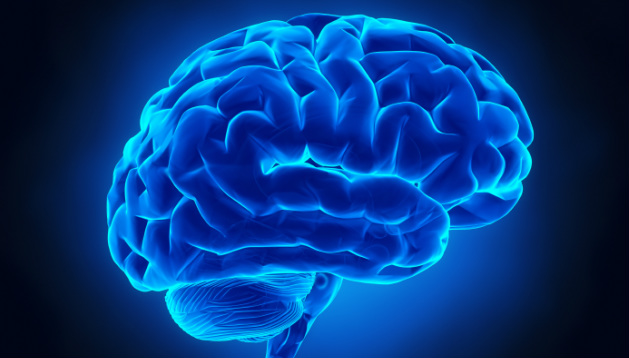 Every night while we sleep, electrical waves of brain activity circle around each side of the brain, tracing a pattern that, were it on the surface of the head, might look like the twin hair buns of Star Wars’ Princess Leia.
Every night while we sleep, electrical waves of brain activity circle around each side of the brain, tracing a pattern that, were it on the surface of the head, might look like the twin hair buns of Star Wars’ Princess Leia.
This discovery was made by scientists at the Salk Institute for Biological Studies in California. They believe that these circular “Princess Leia” oscillations are responsible each night for forming associations between different aspects of memories from the day.
Short-term memory of events is stored in an area of the brain called the hippocampus. Long-term memories, however, are encoded in the neocortex. The transfer of memories from the hippocampus to the neocortex is called memory consolidation, and this happens during sleep.
Sleep spindles, a type of brain wave pattern known to occur in the earliest stages of non-REM sleep, are associated with memory consolidation. Previous studies showed that the more sleep spindles a human brain exhibits overnight, the more numbers one would remember the next day. But exactly how these sleep spindles related to memory was unclear, and scientists were limited by the fact that electrodes could only detect these spindles at one place in the brain at a time.
In the latest research, scientists turned to large-scale recordings, called intracranial electrocorticograms (ECoGs), which can measure activity in many areas of the brain at once. Patients with epilepsy often have ECoG arrays temporarily implanted in their brains to determine the location in the brain of epileptic seizures, so the scientists were able to study all the data collected from five such patients on healthy, seizure-free nights.
Oscillations of electrical activity sweeping around neocortex
When they examined the data from each night, the researchers were in for a surprise as the sleep spindles did not peak simultaneously everywhere in the cortex. Instead, the oscillations swept in circular patterns around and around the neocortex, peaking in one area, and then, just a few milliseconds later, in an adjacent area.
Throughout the night, the researchers observed the same rotating patterns, each lasting about 70 milliseconds but repeating hundreds and hundreds of times over a matter of hours.
“We think that this brain activity organisation is letting neurons talk to neurons in other areas,” says Lyle Muller, a Salk research associate and first author of the new work. “The time scale that these waves travel at is the same speed it takes for neurons to communicate with each other.”
Commenting on the discovery, Terrence Sejnowski, Head of Salk’s Computational Neurobiology Laboratory said: “If we understand how memories are being linked up like this in the brain, we could potentially come up with methods for disrupting memories after trauma. There are also disorders including schizophrenia that affect sleep spindles, so this is really an interesting topic to keep studying.”
The findings are described in the journal elife.


